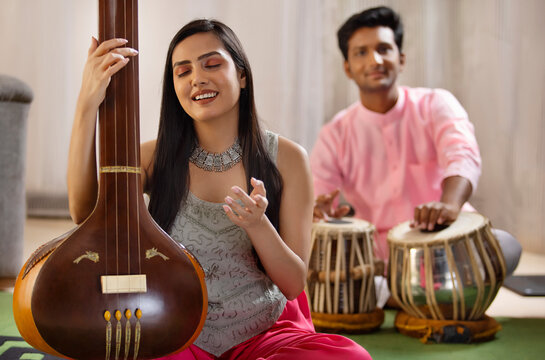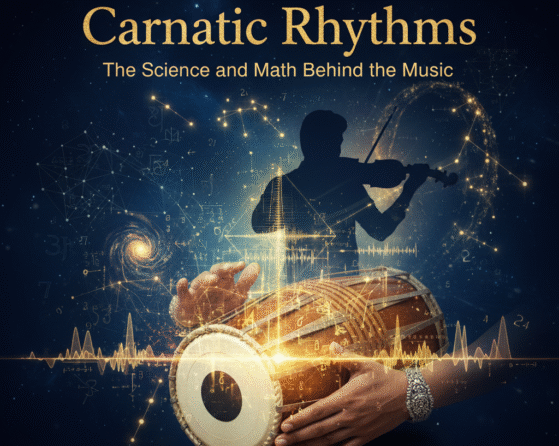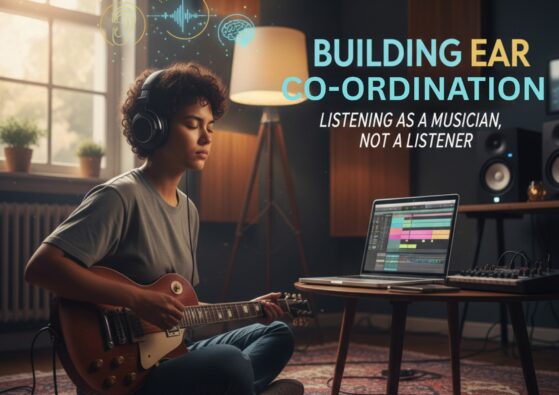How to Practice Hindustani Music at Home | Tips and Techniques
Hindustani classical music, one of the two major traditions of Indian classical music, is renowned for its intricate ragas and rhythms. Practice Hindustani music at home to immerse yourself in its rich heritage and develop your skills. Here’s a detailed guide on how to make the most of your practice sessions, whether you’re a beginner or an advanced student.
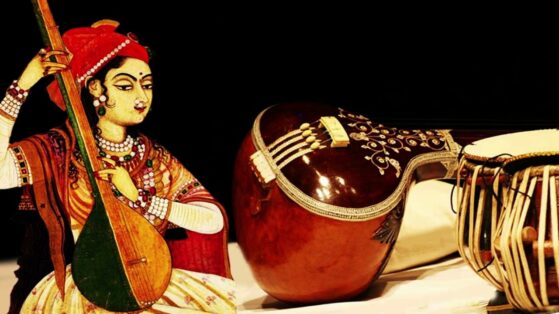
Set Up Your Practice Environment
Creating an ideal practice environment is the first step toward effective learning.
- Choose a Quiet Space: Find a space where you can practice without interruptions. This should be a calm and quiet area, away from household noise or distractions.
- Equip Your Space: Ensure your space is well-lit and comfortable. For instrumentalists, this means having your instrument, music stand, metronome, and possibly a recording device. Vocalists might also need a chair or a cushion for proper posture.
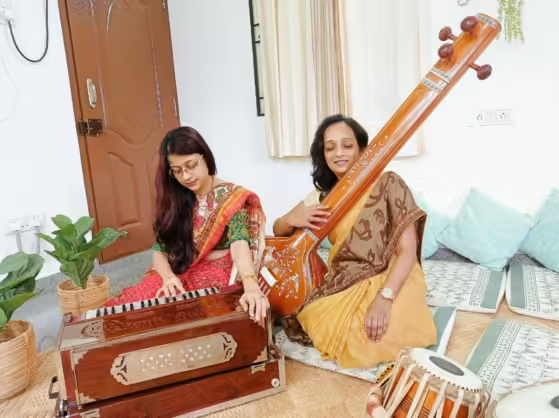
Develop a Structured Practice Routine
Consistency and structure in your practice are vital for progress.
- Create a Schedule: Dedicate specific times each day for practice. Consistency helps in building discipline and maintaining progress.
- Set Goals: Break down your practice into short-term and long-term goals. Short-term goals could be mastering a particular raga or composition, while long-term goals might include preparing for a performance or understanding complex ragas.
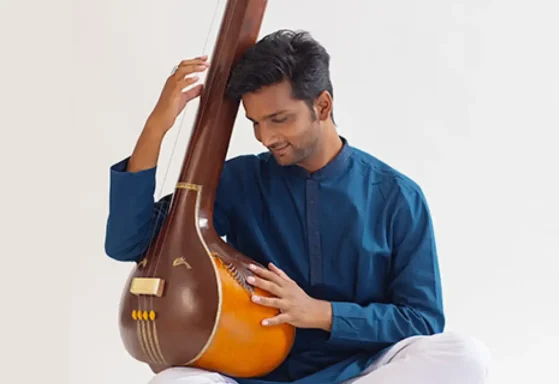
Warm Up Thoroughly
Warming up prepares your body and mind for practice.
- Vocal Warm-Ups: For vocalists, start with basic sargams (scales) and simple exercises to warm up your vocal cords. Techniques like lip trills or humming can be beneficial.
- Instrumental Warm-Ups: For instrumentalists, practice fundamental exercises and scales to loosen up your fingers or hands.

Master the Basics | Swaras and Ragas
Understanding the foundational elements is crucial.
- Swaras (Notes): Practice the seven basic swaras—Sa, Re, Ga, Ma, Pa, Dha, Ni—in various patterns and octaves. This helps in developing your tonal accuracy and understanding of scales.
- Ragas: Study different ragas methodically. Begin with simple ragas and gradually move to more complex ones. Understand the specific characteristics, moods, and emotional expressions of each raga. Practice the Aaroh (ascending scale) and Avroh (descending scale) of each raga to familiarize yourself with its structure.
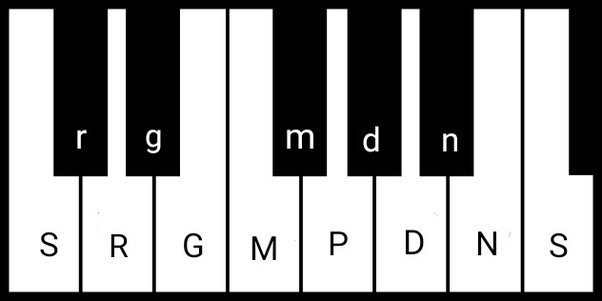
Focus on Alankars and Ornamentation
Alankars enhance the expressiveness of your performance.
- Practice Different Alankars: Learn and practice various alankars like meend (glides), kan (grace notes), and gamak (oscillations). These embellishments add depth and beauty to your music.
- Incorporate Alankars into Practice: Apply these ornaments while practicing ragas and compositions to integrate them smoothly into your performance.
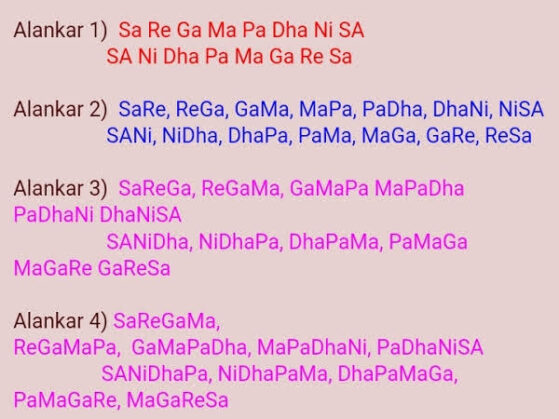
Utilize Metronomes and Tanpura
Rhythm and pitch are critical in Hindustani music.
- Metronomes: Use a metronome to keep time and improve your rhythm. Practice compositions and improvisations at different speeds to develop a strong sense of timing.
- Tanpura: A tanpura (or a tanpura app) provides a drone that helps in tuning and maintaining pitch. Practice with the tanpura to ensure that your notes and ragas are correctly pitched.
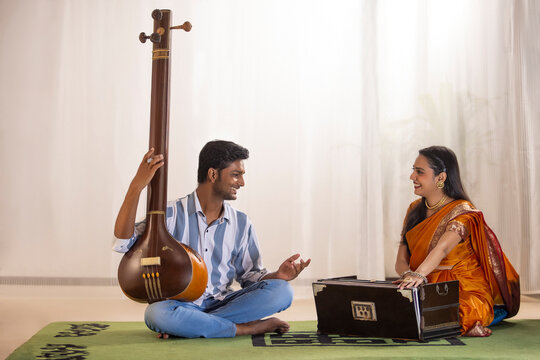
Record and Evaluate Your Practice
Recording helps in self-assessment and improvement.
- Record Your Sessions: Use a recording device to capture your practice. Listening to these recordings will help you identify areas for improvement and track your progress over time.
- Evaluate Critically: Pay attention to aspects such as pitch accuracy, rhythm, and the execution of ragas and alankars. Make notes on areas that need improvement and adjust your practice accordingly.
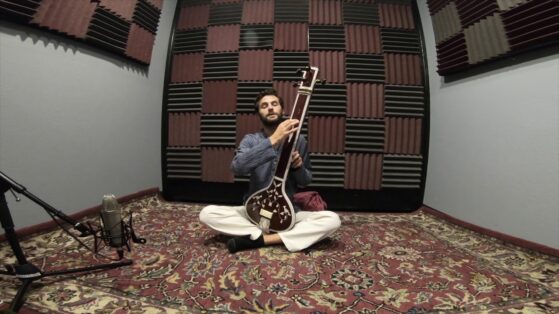
Expand Your Repertoire
A diverse repertoire enriches your musical experience.
- Learn New Compositions: Explore various compositions (bandish, khayal, thumri) and genres. Each composition offers a unique perspective and technique.
- Study Different Styles: Experiment with different styles within Hindustani music to broaden your understanding and versatility.
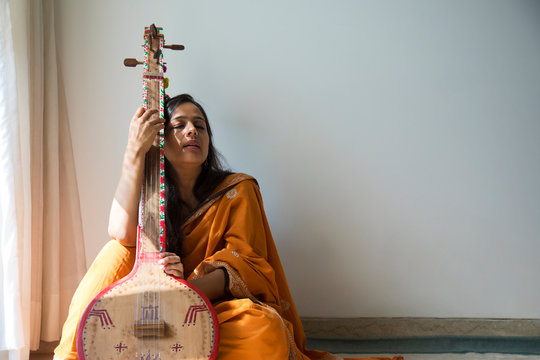
Study the Masters
Learning from great musicians can be incredibly inspiring.
- Listen to Recordings: Study performances by renowned musicians. Pay attention to their technique, interpretation of ragas, and emotional expression.
- Analyze Performances: Analyze how they handle various aspects of performance, such as improvisation and ornamentation.
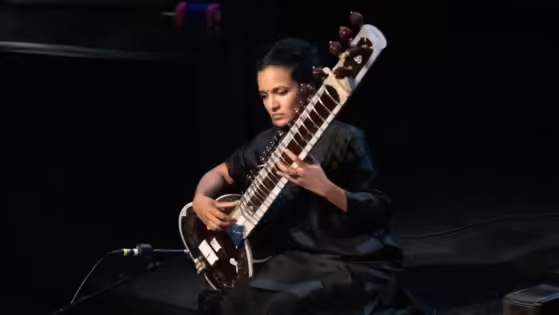
Seek Feedback and Guidance
Feedback from experienced musicians can be invaluable.
- Find a Mentor: If possible, work with a teacher or mentor who can provide personalized guidance and constructive criticism.
- Join Online Communities: Participate in online forums or groups dedicated to Hindustani music. Engaging with fellow musicians can offer fresh perspectives and valuable feedback.
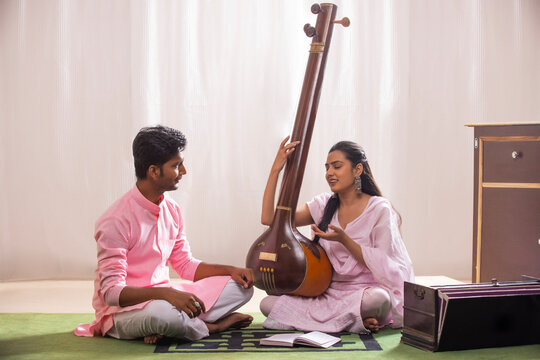
Embrace Patience and Persistence
Hindustani music is a lifelong journey.
- Be Patient: Progress in Hindustani music takes time. Be patient with yourself and stay committed to your practice.
- Stay Motivated: Set small milestones and celebrate your achievements along the way. Motivation is crucial for sustained practice.

Incorporate Mindfulness and Meditation
Mindfulness can enhance your practice experience.
- Practice Mindfulness: Incorporate mindfulness techniques to improve your focus and connection with the music. Being present during practice helps in better understanding and expression of the music.
- Meditation: Regular meditation can enhance concentration and emotional sensitivity, which are important for interpreting ragas and compositions.
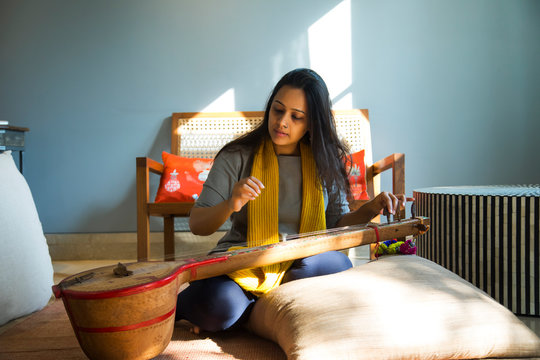
Conclusion
Practicing Hindustani music at home is a deeply rewarding endeavor that requires dedication, patience, and the right techniques. By creating a conducive practice environment, developing a structured routine, and incorporating various practice techniques, you can make significant strides in your musical journey. Embrace the process with enthusiasm, and let the timeless beauty of Hindustani music guide you to new heights of artistry and expression. Happy practicing!
For more information and exciting resources about learning music, visit our website at The Mystic Keys. For more music content and exciting offers follow us on


